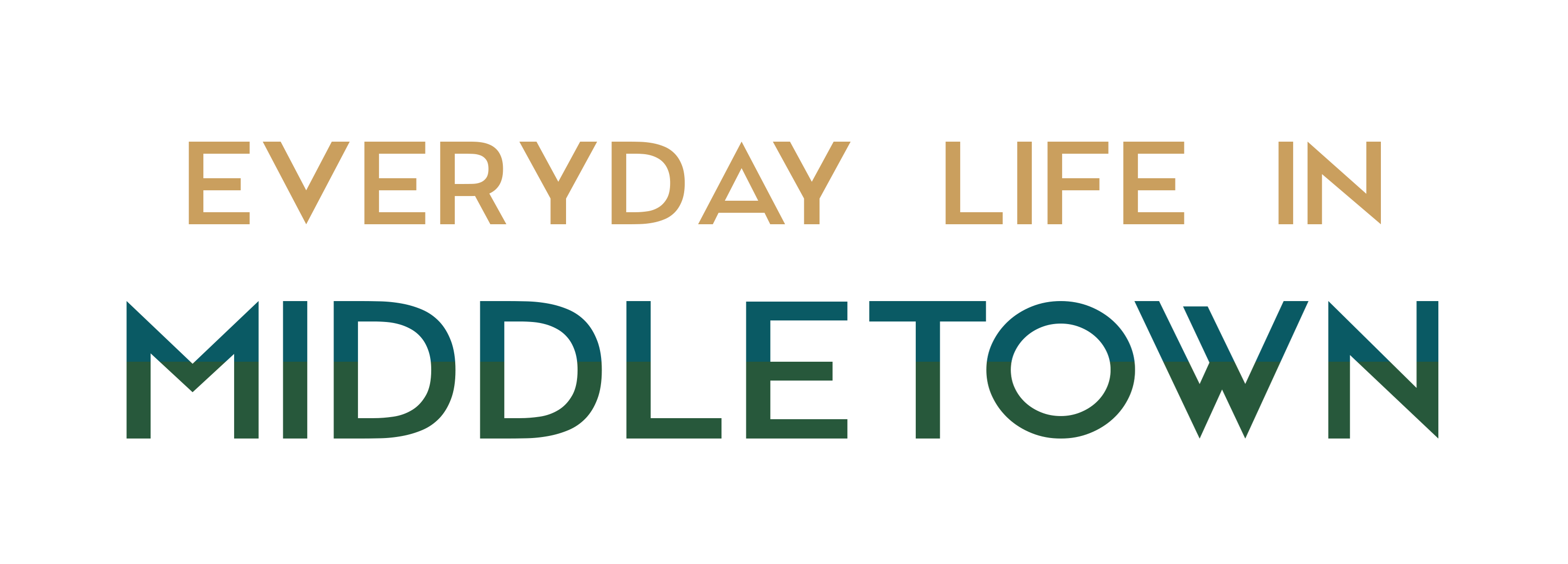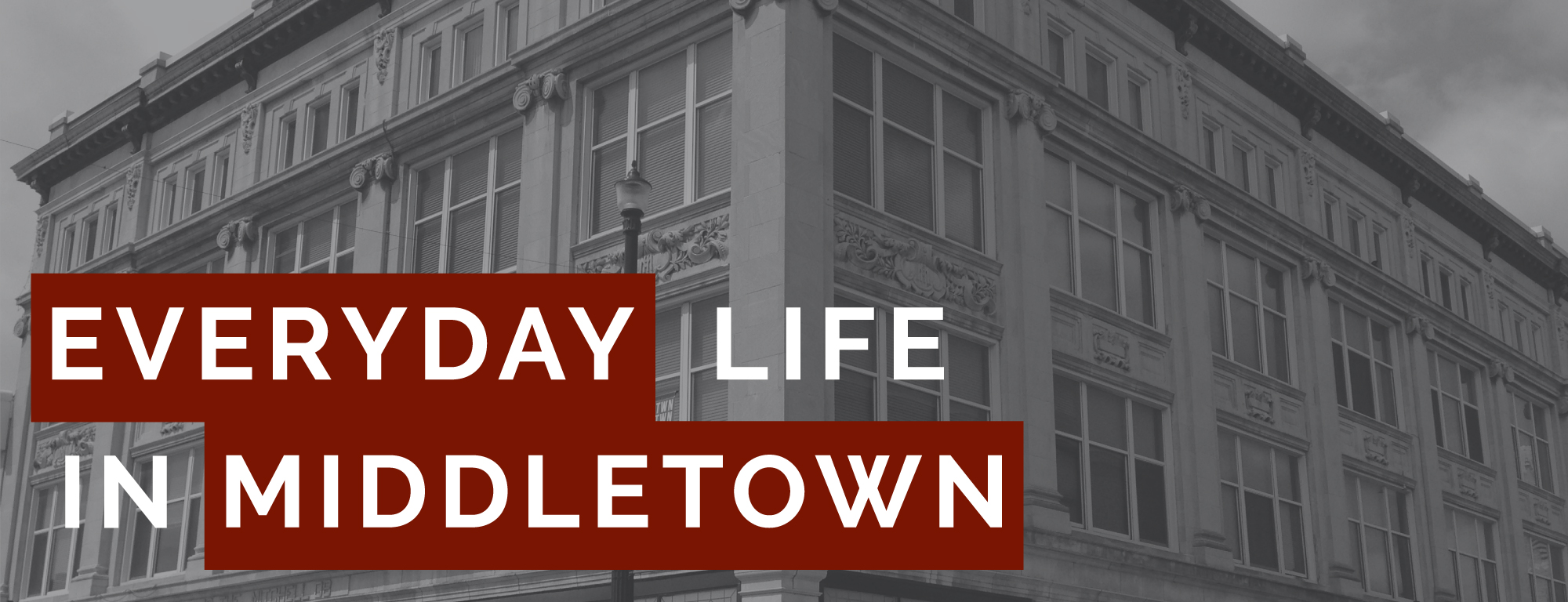Editors note: This is the third of three blog posts applying concepts from Lauren Berlant’s Cruel Optimism to EDLM volunteer writing about the pandemic.
Over the last two weeks, we’ve been ‘thinking with’ the late literary and cultural critic Lauren Berlant and her concept of “social genres” or “genres of event”—the idea that not only works of art but life experiences take the form of genres, with tropes and conventions that shape our expectations.
“Genres present an affective expectation of watching something unfold, whether that thing is in life or in art,” Berlant wrote in Cruel Optimism, her most celebrated and widely quoted book. She went on to trace the disintegration of dominant social genres in the wake of the 2008 financial crisis. Existing genres, she wrote, were giving way to new ones, including what she called “the situation,” in which, “the relation of persons and worlds is sensed to be changing but the rules for habitation and the genres of storytelling about it are unstable, in chaos” (8).
Last week, we noted the emergence of a “Before and After” trope in writings by our volunteers during the pandemic. As a form of life-writing, diaries and other EDLM contributions typically take part in the conventions of autobiography: the writer envisions herself as an agent who has grown out of past experiences and who is now taking steps to determine, or at least influence, her future. The writing thus expresses or implies a continuous life story and a linear flow of time from past to future.
As we all know, the pandemic has messed with our sense of time in numerous ways—one of the most profound being its closing off of the immediate future.
“There is no foreseeable future,” one of our diarists wrote in the earliest days of the pandemic. “It’s one day at a time, then another. A strange world we’ve been thrown into.”
If autobiographical writing typically strives for linear coherence, the “before and after” trope in pandemic diaries draws, instead, from the structures of dystopian fiction, with its master plot featuring a catastrophic rupture that leaves the characters to improvise ways of coping, making sense, or re-imagining the future.
One EDLM volunteer writes:
“My tolerance for disorder in the house has never been higher; until 2020, it was not high at all. I used to stay up late straightening the house, putting things in their proper place, doing dishes, folding the laundry, sweeping the floor. Pandemic me goes to bed and wakes up in chaos…. I do not know if I am spending less time on housework, or if there [is] more housework to do because of quarantine life. I don’t know if the layout of this house (no separate room for toys) is a significant part of the ‘problem’ or if it’s quarantine life. In any case, the house is a mess and I don’t care to spend the necessary hours per day tending to it.”
Here there is no indication that this change in habit will be permanent or durable–it’s a function of “Pandemic me” as (possibly) distinct from the more lasting self. Nonetheless this change is seen as powerful and dramatic—a stark contrast to the habits of the ordinary self—and one in which the writer has limited agency. How important has personal choice been in producing this “tolerance for disorder”? The writer openly questions the sources of her change in feeling and behavior but doesn’t provide an answer. Nor does she settle on identifying her less-orderly surroundings as a “problem.”
Berlant describes what is playing out here as characteristic of the ordinary in late capitalism, “an impasse shaped by crisis in which people find themselves developing skills for adjusting to newly proliferating pressures,” a daily life in which “forces and histories circulate and become ‘ready to hand’…. for inventing new rhythms for living.” But this process is also marked by cross-currents of “forced adaptation, pleasurable variation, and threatening dissolution” (8).
In this light, “before and after” is a cultural trope–a narrative resource that is “ready to hand” but which might only provisionally make sense of pandemic experience.
And it’s available both to people who are struggling mightily to make it through the day and to people conscious of their privilege. Some of the latter actively hope that such adaptations as work-from-home will outlast the pandemic and become part of a broader reset of cultural practices and priorities.
In other words, the pandemic has EDLM writers worrying both that things will not go back to normal and that they will go back to normal.
Meanwhile we are stuck in a transitional state in which medium-range planning is suspended or, at best, tenuous. For another writer, family vacation planning goes on despite awareness that it may prove futile. The family still holds its its annual vacation planning ritual, but “[t]his year … my husband and I kept glancing at each other, both acknowledging that we have to have a backup plan for summer fun.”
The diary concludes with a commitment to making the insights and positive changes brought by the pandemic permanent:
“I look forward to the new year. I look forward to remembering the lessons learned in 2020. I never want to forget how connected our family was during this time or how we made that happen. I hope I remember how resilient my friends, family, and I are when faced with a new problem.”
While this gesture reaches for the autobiographical convention of finding formative and lasting meaning in the past, it does so in temporally tortuous phrasing, revealing anxiety that the link won’t hold. The writer is clearly constructing coherence and meaning from her pandemic experience, but her insistence and repetition suggest worry that this meaning will fade from view. The pressure on the standard autobiographical script and the foundational understanding of time that underlies it produces the briefly dizzying “I look forward to remembering,” followed by “I never want to forget….I hope I remember.”
All this ratifies Berlant’s diagnosis, more than ten years ago, of the pressures mounting on standard American life stories emphasizing agency, upward mobility, and self-actualization. It also suggests that these pressures have increased and disseminated during the pandemic—and that building reassuring, autobiographical stories requires a more stable time sense than the pandemic allows.

